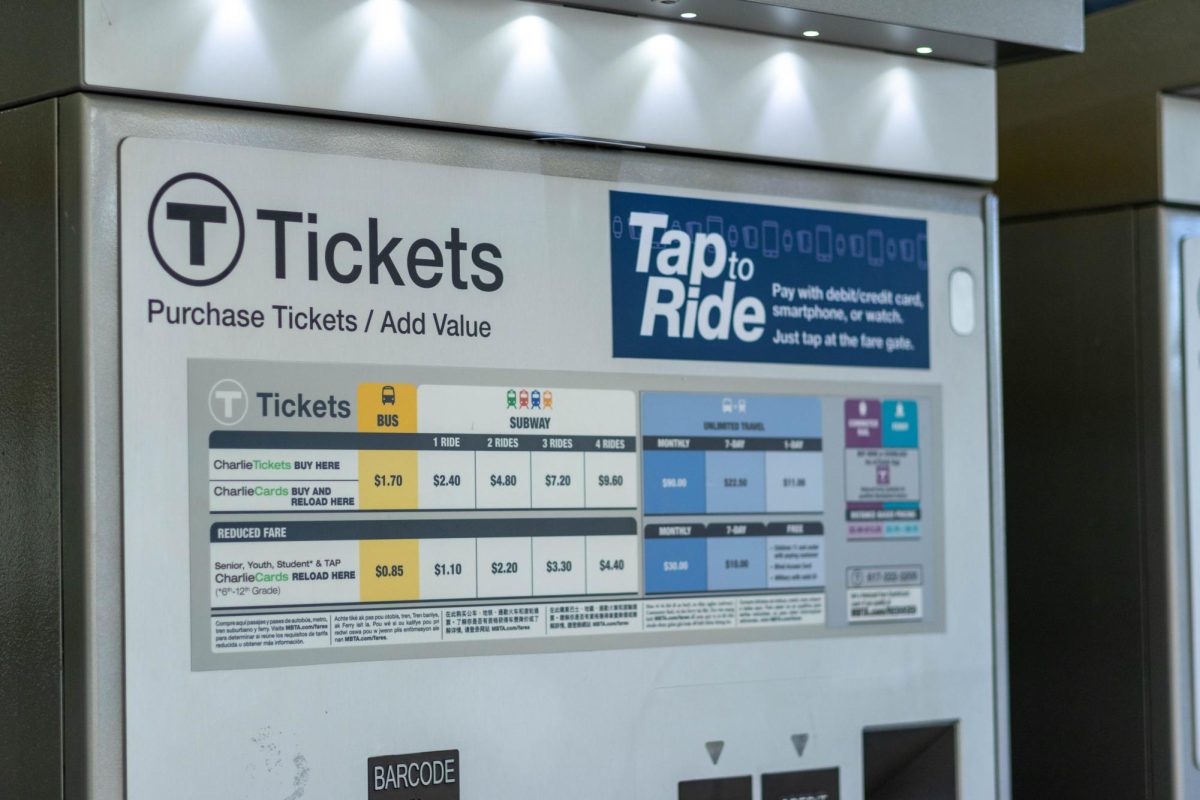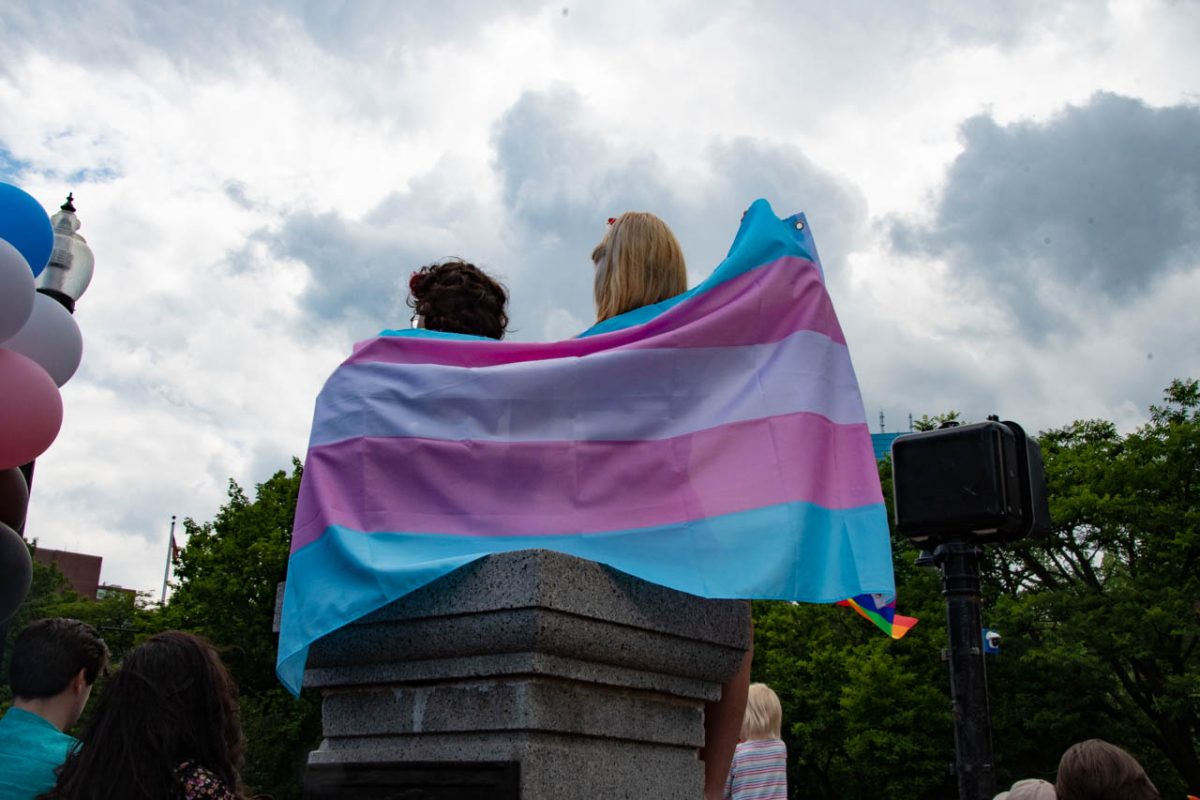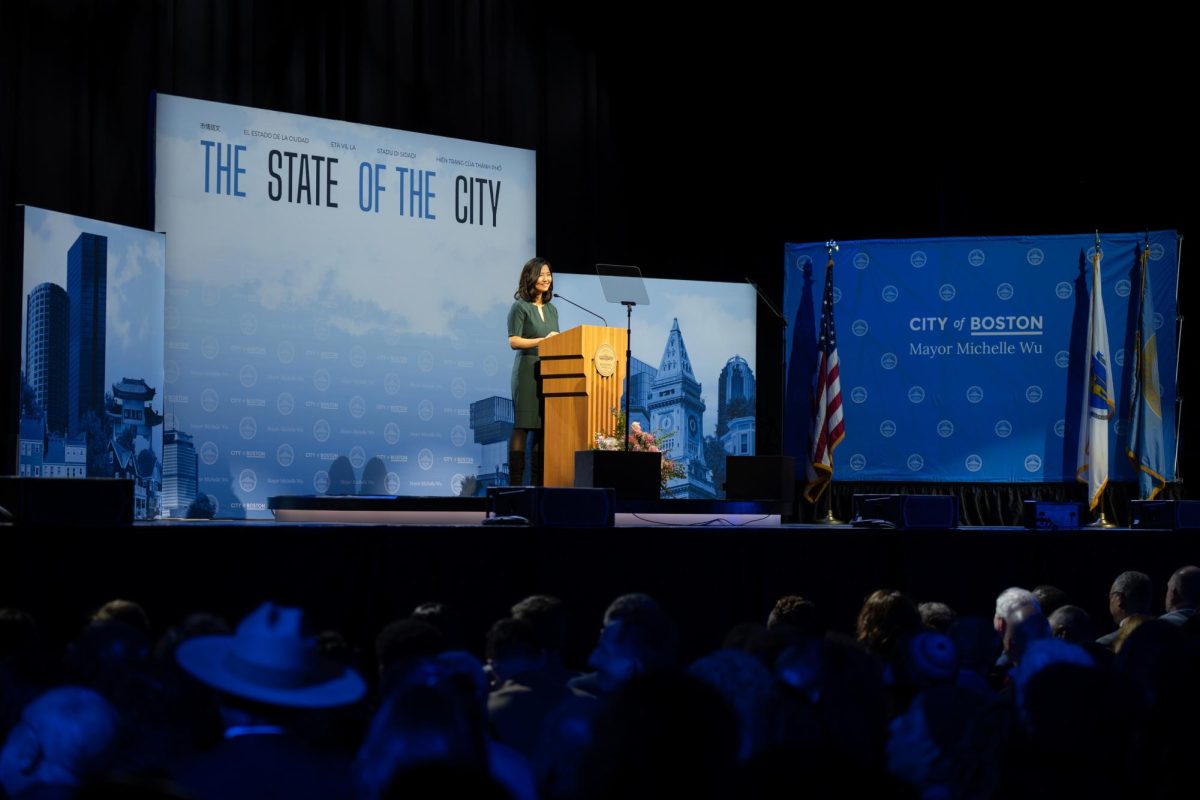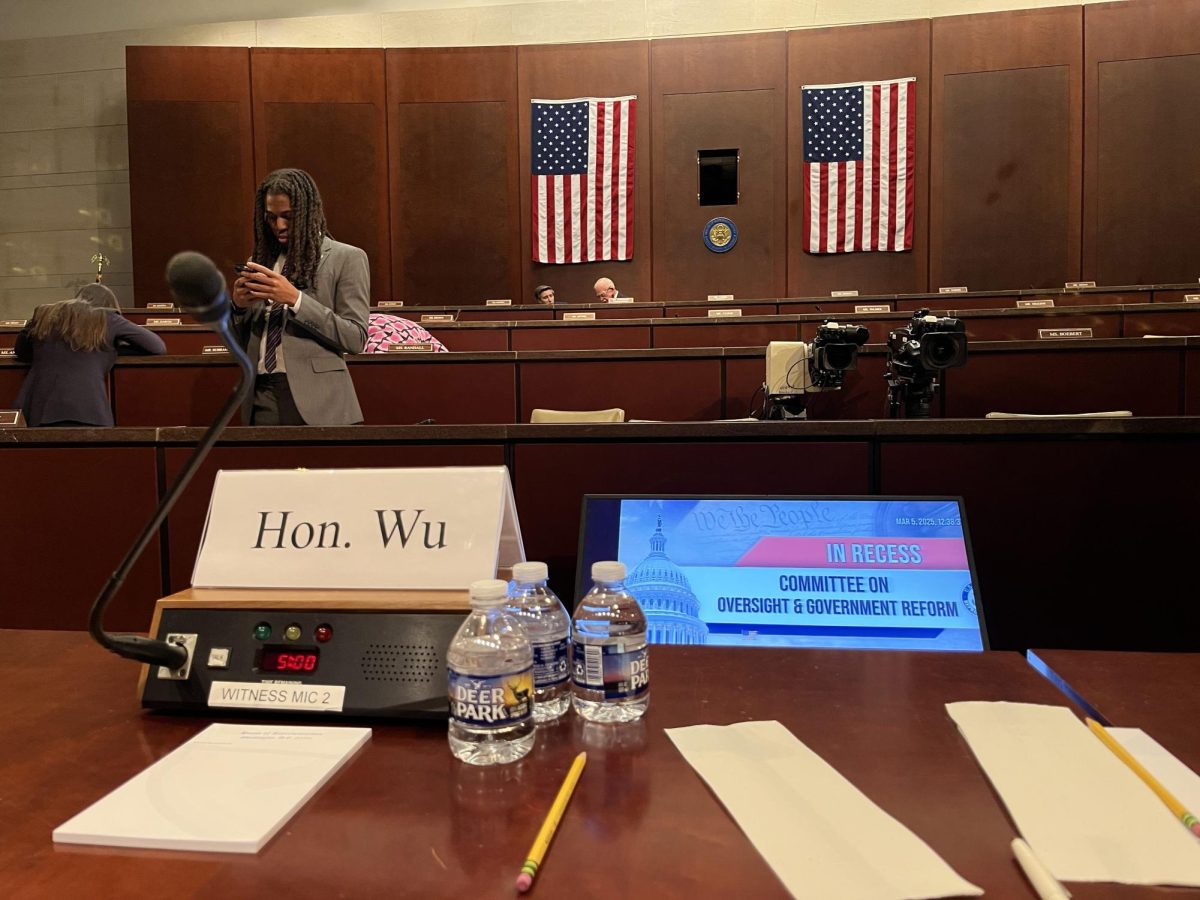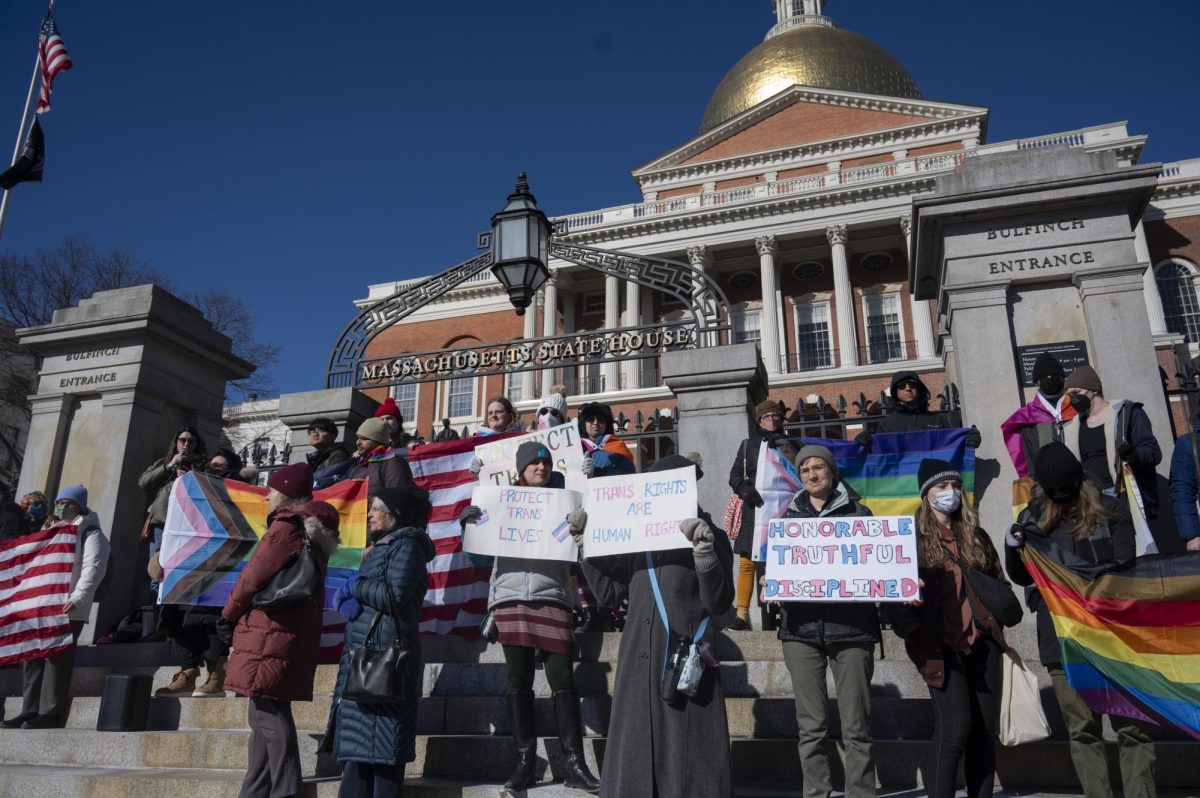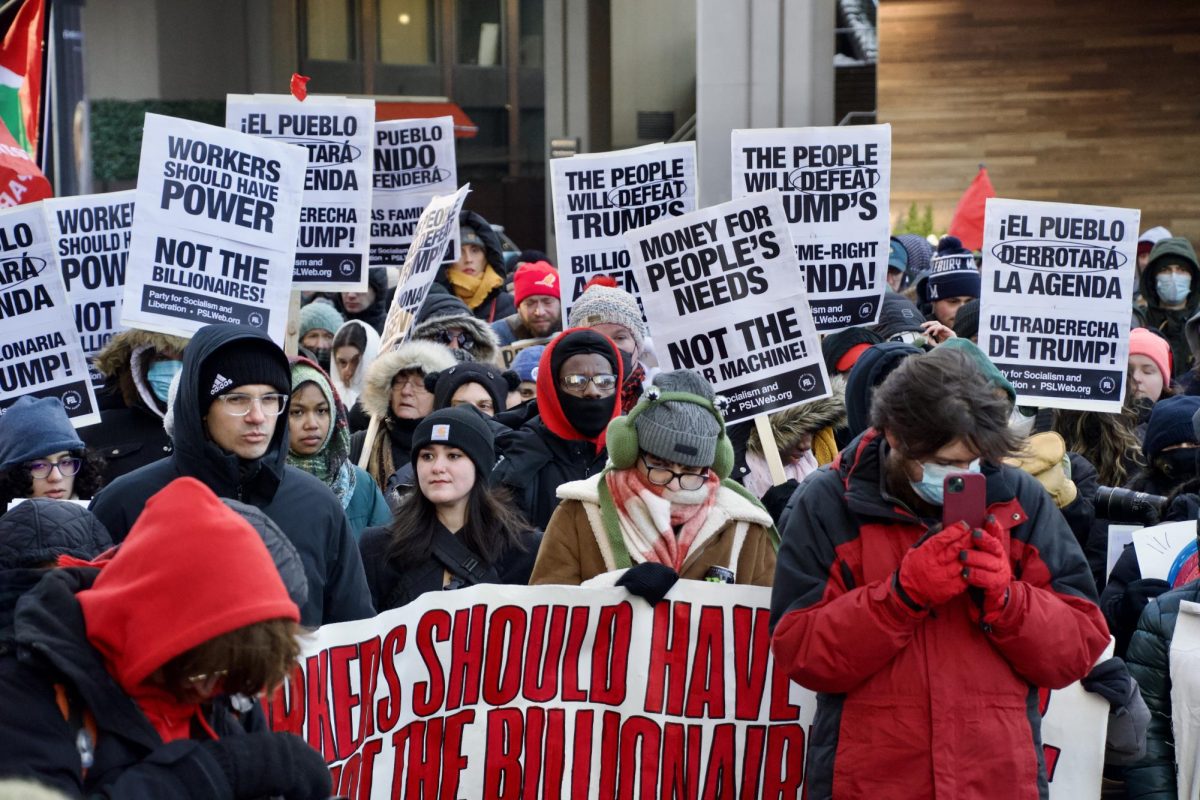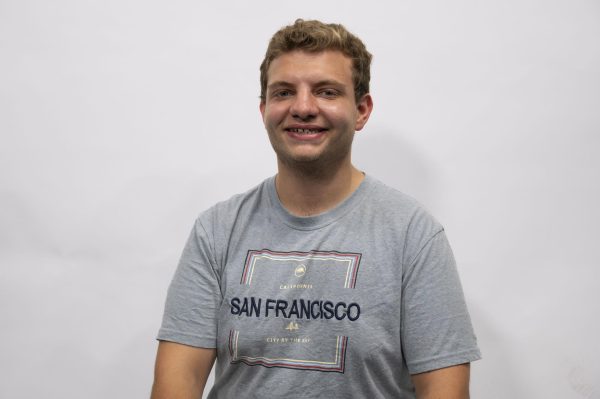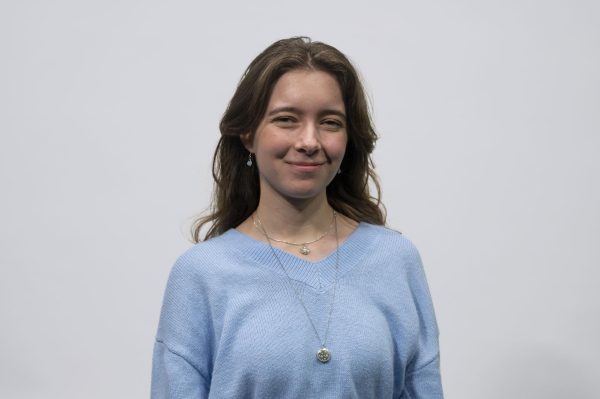Since July 2019, a one-way fare for the Massachusetts Bay Transportation Authority’s bus system and subway have cost $1.70 and $2.40, respectively, for nearly all riders.
Certain passengers, like children, military personnel, first responders and government officials have had the ability to ride for free. And over time, seniors, middle and high school students, people with disabilities and low-income individuals younger than 25 were given the ability to apply to ride at a reduced rate.
But after years of advocacy, debate and research, the Massachusetts Bay Transportation Authority, or MBTA, in early September launched its Income-Eligible Reduced Fare Program — providing low-income adults between the ages 18 and 64 half-off their fares to ride the subway, Commuter Rail, buses, ferries and The RIDE.
In interviews and statements to The News, Massachusetts residents, local officials, advocates and experts largely agreed the reduced fares will help make the MBTA more accessible to those who need it most and will improve quality of life for the state’s lower-income individuals and families.
“I’m always using the T, so I think it’s good and it helps people out, especially if you’re laid off,” said Shawn Williams, a 54-year-old Roxbury resident and father of seven who said he was laid off. “Any type of discount, especially if you’re using the fare every day, it does help out a lot.”
Riders are eligible for the program if they make below 200% of the federal poverty level, roughly $30,000 a year for an individual and $62,000 for a family of four. The MBTA anticipates more than 60,000 people will qualify for the half-off fares, and the agency has already approved applications for more than 6,800 people, according to MBTA Communications Manager Maya Bingaman.
Low-income individuals can use their enrollment in other state assistance programs that also use the 200% federal poverty cut-off, such as the Supplemental Nutrition Assistance Program, as proof of eligibility for the program and can apply for the reduced fares online or in person.
The MBTA Board of Directors approved the program in late March, while the initiative then awaited state funding to launch later in the year.
In July, the Massachusetts legislature finalized and approved $20 million in funding for the program, pulled from tax revenue from the recently-passed Fair Share Amendment, sometimes known as the millionaires tax. Massachusetts Governor Maura Healey initially requested $45 million for the program, but the legislature only approved $20 million.
Regardless, Healey and a slew of state officials touted the program as a major success.
“We are thrilled to launch the Income-Eligible Reduced Fares Program, which will increase access to the T’s buses, subways, Commuter Rail, ferries and paratransit for riders across the state,” Healey said at a press conference Sept. 3, the day before the program was launched. “We’re putting $720 back in the pockets of each daily rider who uses this program.”
Residents say the expanded program is helpful for a variety of groups who use the MBTA’s service every day. Daneka Thompson, a 54-year-old commuter who has a reduced fare pass due to a disability following a car accident, said she believes that in addition to people with disabilities, students should receive discounts.
“I think if someone is in college, even if they do have money, they should have student discounts,” she said. “Not just senior citizens and disability, for not just students that are juveniles. If someone is going to night school and studying really hard and working, they should get a reduced fare, too.”
Williams said that in addition to helping people who work multiple jobs, families and single parents, the program is beneficial for people who use the MBTA daily.
“I’m using public transportation seven days a week, so to me, it helps out,” Williams said.
Advocates for the program say that reaching these groups, especially those who use the service often throughout the week, is a key aspect of the initiative.
Stacy Thompson, the former executive director of LivableStreets Alliance, a transit equity advocacy organization, said that the program, tailored to help low-income individuals, will help those who are most likely to use the MBTA’s transportation system.
“They simply use transit more,” Thompson said. “And what we know is that they do it to do things like go to the grocery store, go to a place of worship, visit friends — things that have real social and public benefits.”
In Boston, the reduced fares are the latest in a series of efforts to make public transit more accessible to low-income riders. The City of Boston is continuing its fare free bus program for the 23, 28 and 29 routes which serve the neighborhoods of Roxbury, Dorchester and Mattapan. The program was announced in February 2022 and was initially supposed to last only two years, but the city extended it for two additional years in February.
Local officials also spoke highly of the MBTA’s reduced-fare program.
“With nearly 30% of all MBTA riders identifying as low-income, it is crucial that we reduce barriers to transportation so that our residents can more easily travel to work, home, and their local amenities,” Tania Fernandes Anderson, city councilor for Boston’s District 7, said in a statement to The News. “I am glad to hear that the Healey administration made this funding available, and hope that the city of Boston and the Commonwealth can continue to work to make mobility a priority in our community.”
Sharon Durkan, Boston’s District 8 city councilor, echoed Fernandes Anderson’s sentiment.
“Expanding savings for the lowest income Bostonians (approximately 50% off regular fares on local bus, subway and Commuter Rail services) has a direct impact on creating opportunities for mobility, expanding opportunities for residents to visit other neighborhoods, expanding access to some of the various cultural and social opportunities across the city,” Durkan said in a statement to The News.
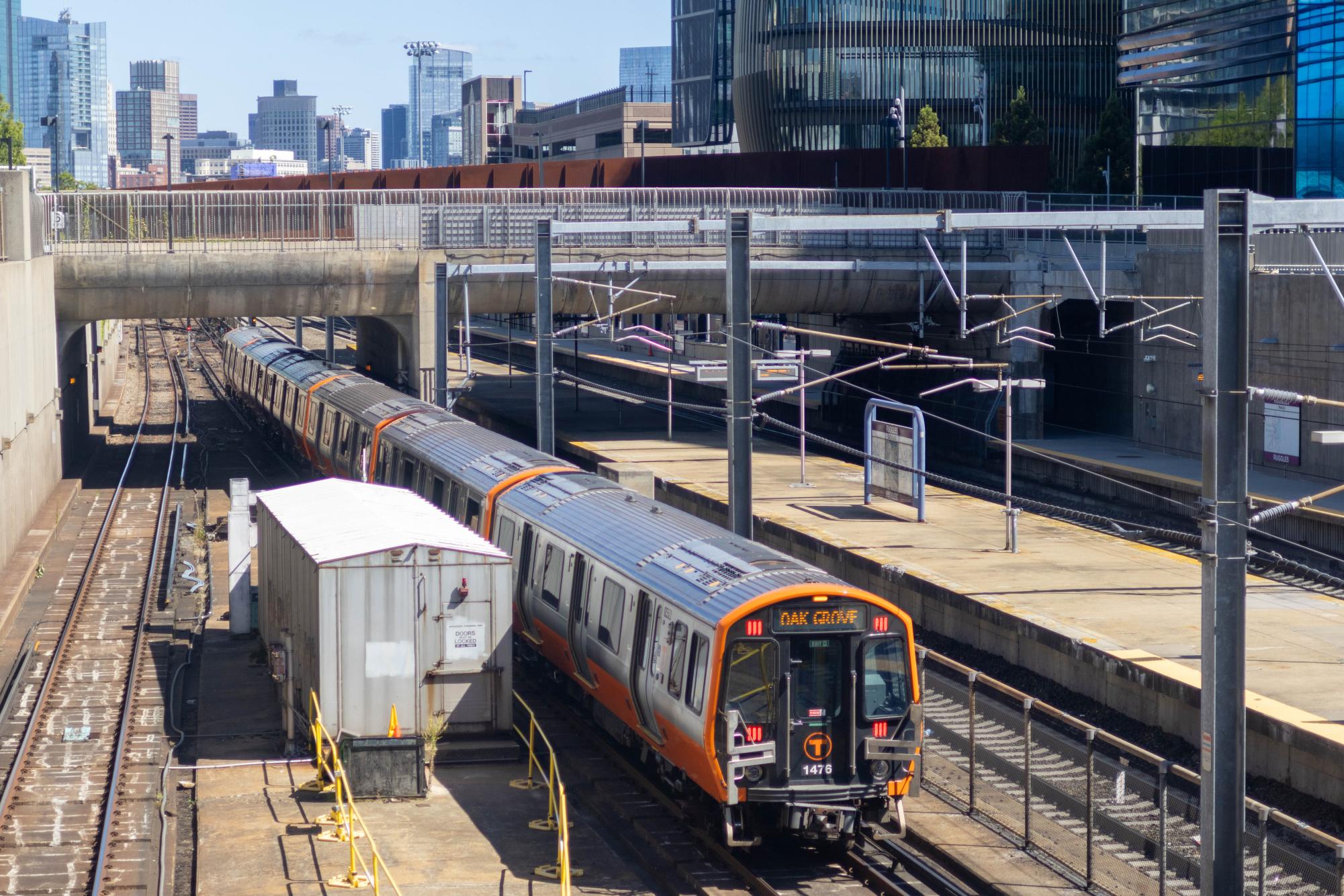
Some residents who live outside Boston said they disagree with the use of funding for the programs. Gerald Richards, a Stoughton resident, said the program is not a good use of the state’s budget.
“I don’t like free anything. Free anything is never free,” Richards said. “Someone pays for it and it usually ends up being more expensive. … It’s a fact that whenever the government gives away something for free, they always end up paying more for it. Free is never free.”
While the reduced fares aren’t free, the program poses an interesting question for advocates and the MBTA, which recently announced that it would need over $24 billion to fix its ailing subway system — which has already begun to show signs of improvement after the arrival of its new general manager, Phillip Eng.
Experts and advocates said that the reduced fares will incentivize increased ridership, with a limited impact on the MBTA’s overall funding.
“We will collect a little bit less money in fares, but the amount of economic opportunity gained by people having access to that system far outweighs the money that we are no longer collecting from those individuals,” Thompson said.
Jeff Rosenblum, a co-founder of LivableStreets and a doctoral candidate in the Massachusetts Institute of Technology’s Department of Urban Studies and Planning, and a team of researchers conducted a 2019 study investigating how a 50% discounted fare for the MBTA could affect transit use and quality of life among low-income riders.
Rosenblum and his team found that low-income riders who received a discounted CharlieCard took about 30% more trips, often for shopping, health care or social service trips. Discounted riders took an average of 11.1 trips per week, as opposed to non-discounted riders who took an average of 8.6 trips per week. Participants of the study often took more off-peak trips than a typical MBTA rider and were more heavily reliant on bus routes as opposed to the subway system.
“We’re talking about people that are on financial assistance, people that need help. Those are not people that live right near the train station because it’s too expensive,” Rosenblum said. “The more trips people take, the more people feel like a system is working for them, the more political power that they’ll be able to have to say, ‘You know what, yes’. People are listening to us and now I’m gonna sort of have a political voice to push for better bus service.’”
While Rosenblum pointed out that increasing ridership through reduced fares can put on additional pressure during rush hour, overall, he said, the program will improve quality of life for riders and residents.
“We’re trying to make [Boston] a more livable place by having there be fewer travel lanes and having there be more green space and having there be more parks and make it nicer to walk around and make it safer. So the only way to do that is public transit. So really, public transit is one of the key elements of an equitable, sustainable city,” Rosenblum added.
Rosenblum’s findings were included in the MBTA’s reasoning for launching the program.
Advocates have long pushed for the reduced fare program, arguing public transportation is a public good that all residents should have access to, especially when it can be critical to improving quality of life.
For years, Boston and Massachusetts advocacy coalitions and organizations like LivableStreets Alliance, TransitMatters, Community Labor United, the Green Justice Coalition and several more urged the MBTA to implement reduced fares. Advocates see the implementation of the reduced-fare program as both the victory of a long-fought campaign as well as a clear step in the right direction toward transit equity.
“It’s important for people to understand that $2 can be too much. Not having $2 can be the difference between someone getting to the doctor, getting to a job, getting to an important appointment. If everyone has the ability to get where they need to go, it’s good for our economy, it’s good for our environment, it’s good for society,” Thompson said. “We’re excited … that we were able to win it, but to us it’s been a no-brainer since day one.”




